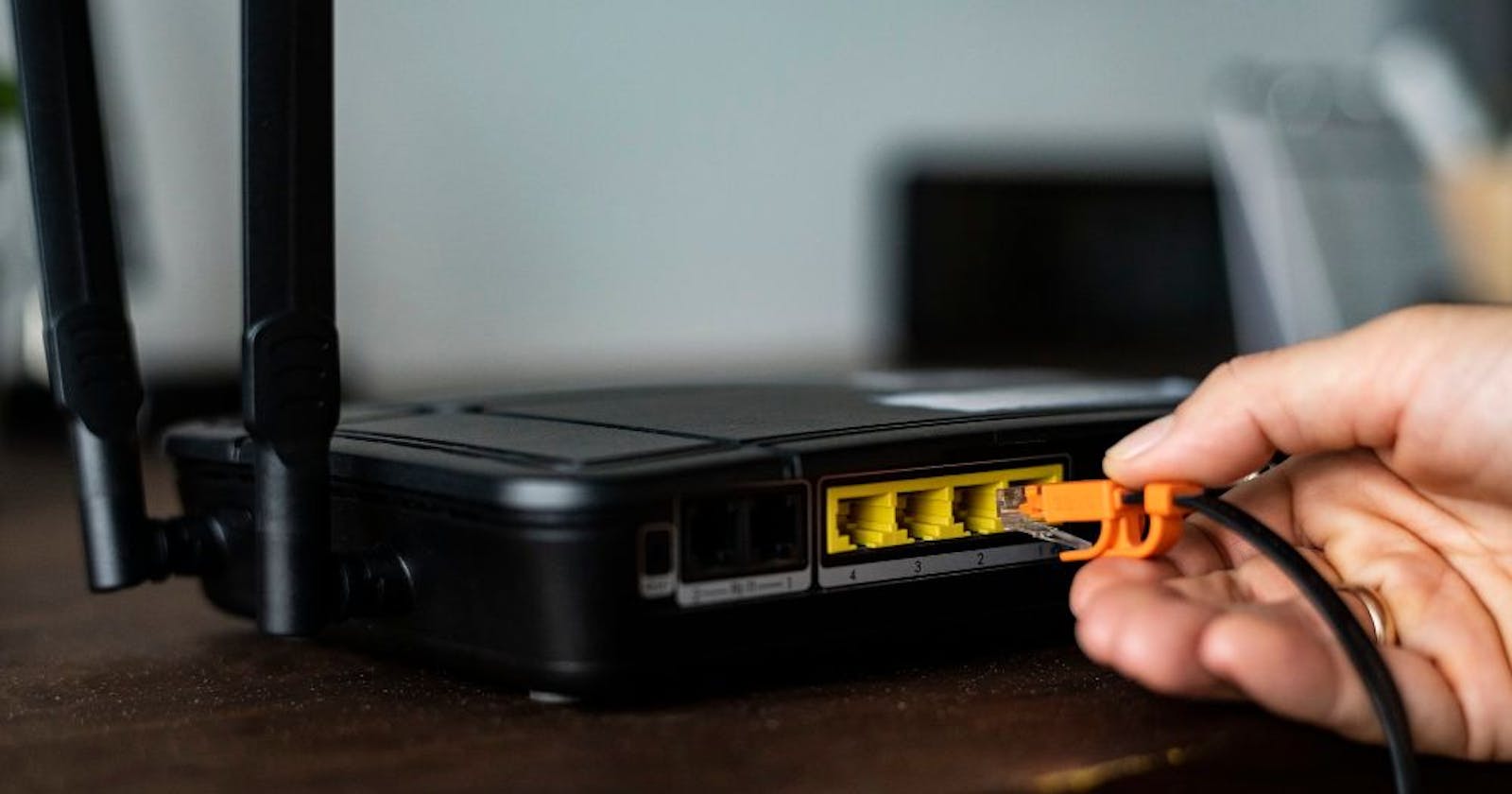In today's interconnected world, the need for a reliable and secure internet connection is paramount. Whether it's for your smart home devices, a home office setup, or simply to ensure a stable connection for your everyday online activities, having a well-configured router is crucial. If you're looking for a robust and versatile option, Fedora IoT can be an excellent choice. In this guide, we'll walk you through the process of setting up and managing a Fedora IoT router for your home or small office network.
Why Choose Fedora IoT for Your Router?
Fedora IoT is a specialized variant of the Fedora Linux distribution tailored for Internet of Things (IoT) devices. While it's primarily designed for IoT applications, its adaptability makes it a great candidate for a router too. Here are some reasons why you might consider using Fedora IoT for this purpose:
Security: Fedora is known for its strong security features and timely updates. This is crucial for a device that's always connected to the internet, as it helps protect your network from potential threats.
Customizability: Fedora IoT allows you to install and configure the software you need, tailoring your router to your specific requirements.
Open Source: Fedora is open source, meaning you have full control over your router's software. You can inspect and modify the code as needed.
Stability: Fedora IoT benefits from the stability and reliability of the Fedora distribution, making it a solid choice for a router that needs to be up and running 24/7.
Setting Up Your Fedora IoT Router
Hardware Requirements:
Before you start, ensure that you have:
A compatible hardware device (such as a Raspberry Pi) with an Ethernet port.
A microSD card (8GB or larger) for the Fedora IoT installation.
A power source for your hardware.
An active internet connection.
Installation Steps:
Download Fedora IoT: Visit the official Fedora IoT website and download the latest image suitable for your hardware.
Flash the Image: Use a tool like Etcher to flash the Fedora IoT image onto your microSD card.
- Boot Your Device: Insert the microSD card into your device, connect it to your network via Ethernet, and power it on.
- Initial Configuration: Follow the on-screen instructions to set up Fedora IoT. Make sure to choose the appropriate options for your network configuration.
Update the System: After the initial setup, open a terminal and run the following command to update the system:
Install Router Software: Depending on your specific requirements, you can install router software like NetworkManager or configure your device to act as a router manually.
Managing Your Fedora IoT Router
Once your Fedora IoT router is up and running, you can manage it effectively through the command line or a web-based interface. Here are some common tasks you might need to perform:
Network Configuration: Use NetworkManager to manage network interfaces, assign IP addresses, and set up DHCP and DNS.
Firewall Configuration: Fedora IoT includes the
firewalldfirewall management tool. You can configure it to control incoming and outgoing traffic.Software Updates: Regularly update your system and router software to ensure security and performance improvements.
Monitoring and Logging: Use tools like
systemd-journal,dmesg, andnetstatto monitor system and network activity.Additional Services: Depending on your needs, you can install and configure additional services like VPN, QoS (Quality of Service), and DNS filtering.
By setting up and managing a Fedora IoT router, you can have confidence in the security and reliability of your home or small office network. The flexibility of Fedora IoT allows you to customize your router to meet your specific needs, making it a versatile and powerful choice for this essential piece of networking equipment.
